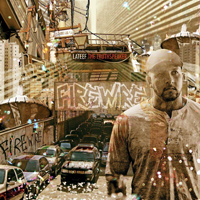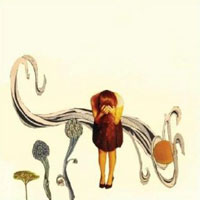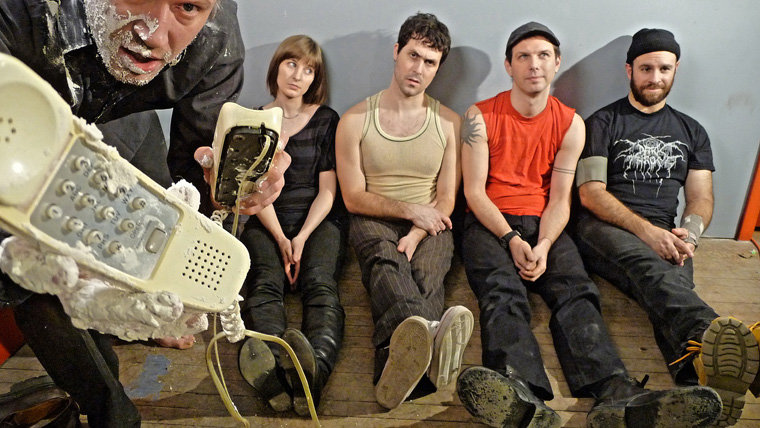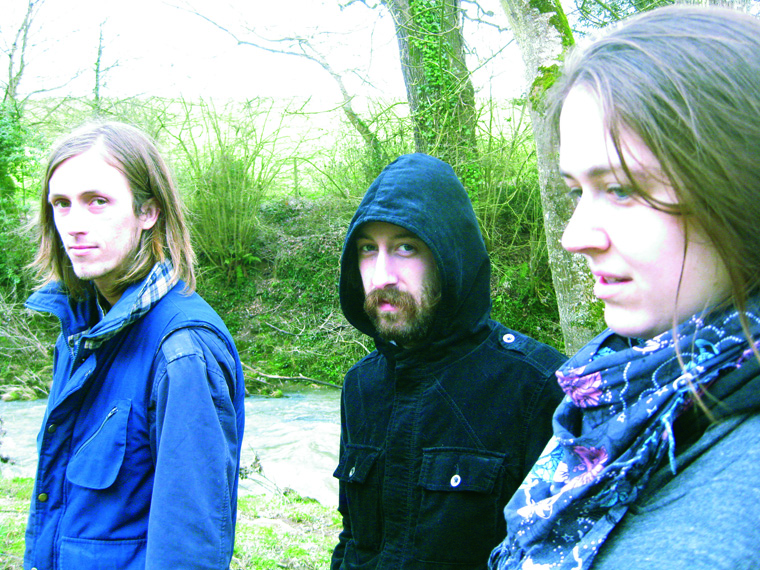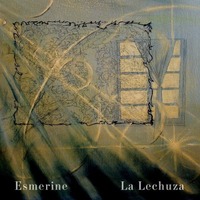On December 21, 2011, Canadian multi-instrumentalist David Gold tragically passed away in a traffic accident in Barrie, Ontario, approximately 60 miles outside of Toronto. Gold, 31, was best known as the front-man of black/doom-metal trio Woods of Ypres, but he also spent significant periods of time overseas, including stays in Kuwait and South Korea — the latter of which included a stint as the drummer for Korean metal outfit Necramyth, which released Slaughter of the Seoul in 2009. Prior to his death, Gold also was working on a short documentary called Metal Korea: Into Exile, using footage that was captured during his time there.
Woods of Ypres, which was founded by Gold, Aaron Palmer, and Brian McManus in 2002, had recently finished recording its fifth album, Woods V: Grey Skies & Electric Light. Per the wishes of Gold’s family and band members, the album will be released as originally planned in February via Earache Records — available for pre-order here. Moving forward, the label will work closely with Gold’s family, which issued the following statement to friends and fans:
“The Gold family is incredibly saddened in the wake of David’s sudden passing. We want to thank everyone for the ongoing outpour of support, as it is greatly appreciated. Although he was only 31 years old, David lived more than most would be able to in an entire lifetime. He was well educated, well traveled, incredibly talented, passionate, compassionate, and loved dearly by thousands of friends, family, and fans all over the world. David’s legacy will not only live on but continue to grow. We ask you to keep David’s spirit alive by continuing to listen to his music, and let him inspire your life.”




